The new BS6 Hyundai Verna has been launched, priced from Rs 9.31 lakh for the base petrol model and going up to Rs 15.10 lakh for the top-end diesel auto; both ex-showroom.
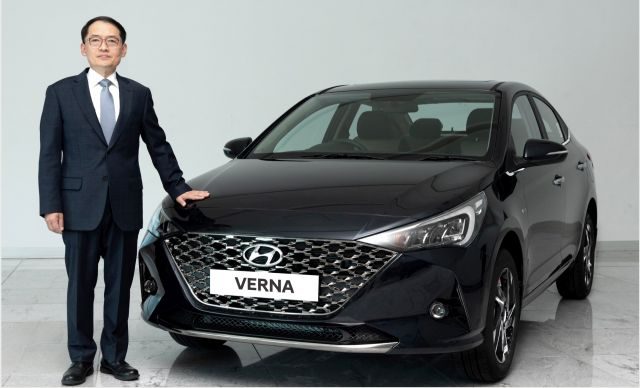
Styling
With the new BS6 Hyundai Verna, the manufacturer have kept most of the styling elements from the previous generation car while also making rooms for a few subtle changes. The grille and lights have been reworked to match the lines of the car and when coupled with the new diamond cut alloys, it gives the Verna a sporty stance as compared to the previous generation. The Turbo trim offers design elements including twin-tip muffler, glossy black grille and all-black interiors.
Features
The list of features now include a digital instrument cluster, ventilated seats at the front, tyre pressure monitoring system, a touchscreen infortainment system, paddle shifter, wireless charging and an electric sunroof.
For connectivity, the new Hyundai Verna is equipped with Hyundai Blue Link. This system uses a Vodafone-Idea eSIM and a cloud-based voice recognition platform to provide 45 features spread across different categories including safety, security, remote operation, vehicle relationship management, geographic information services, alert services and voice recognition. The good news here is that Blue Link is complimentary for the first three years.
Engine and Performance
The Hyundai Verna has three engine options: a 1.5-litre petrol (115 hp and 144 Nm), a 1.5-litre turbo-diesel (115 hp and 250 Nm), and a 1.0-litre turbo-petrol (120 hp and 172 Nm). The 1.5-petrol engine is available with a choice of a six-speed manual or continuously variable transmission that Hyudnai call IVT, while the diesel engine is offered with a choice of either a six-speed manual or an automatic. However, the 1.0-litre turbo-petrol will only be available with a seven-speed automatic DCT.
Safety
In the safety department, the Hyundai Verna is armed with features including Electronic Stability Control (ESC), Vehicle Stability Management (VSM), Emergency stop signal (ESS), Hill Start Assist Control and parking sensors in the front.
Story: Joshua Varghese


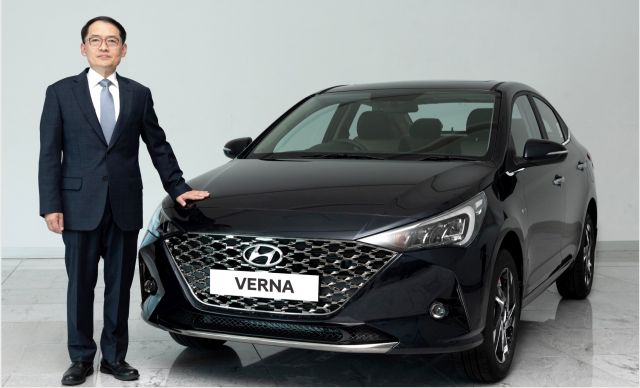










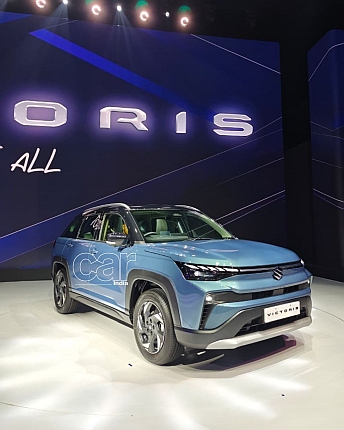
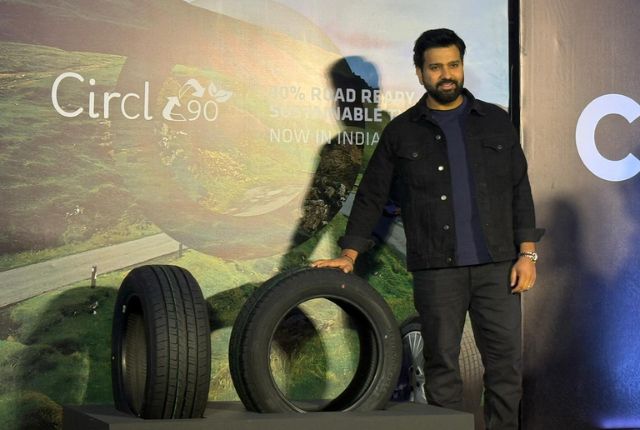
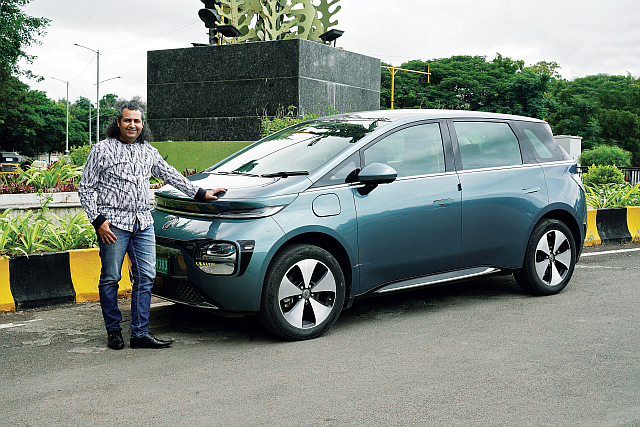
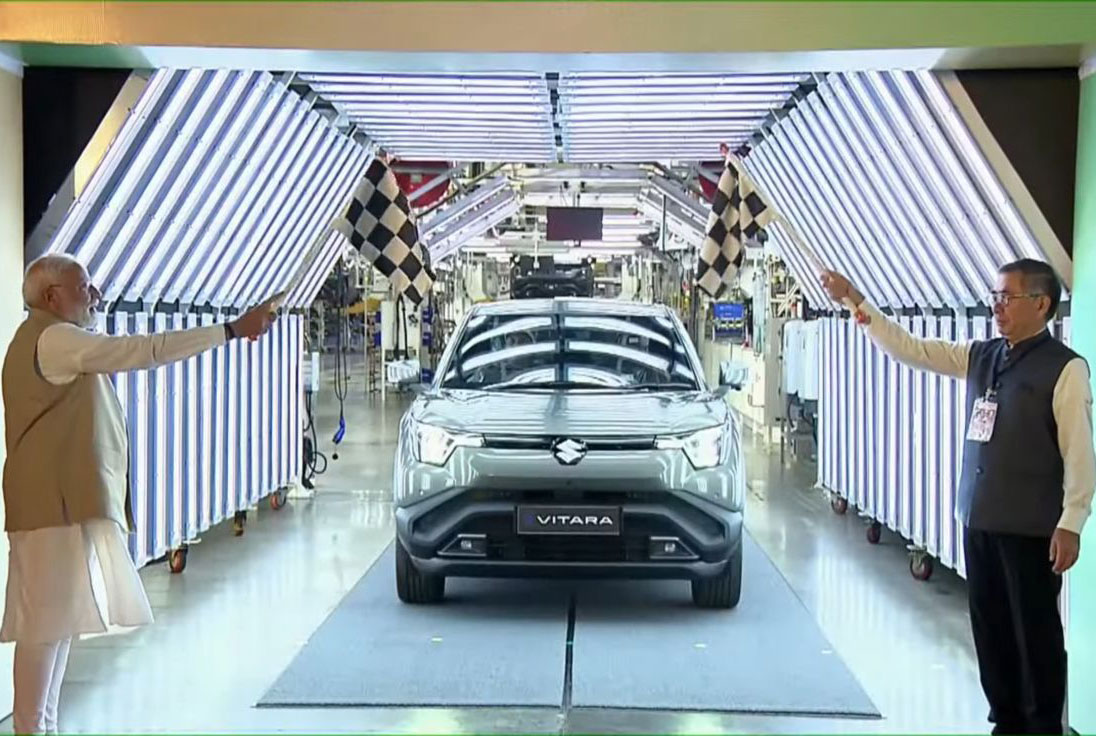
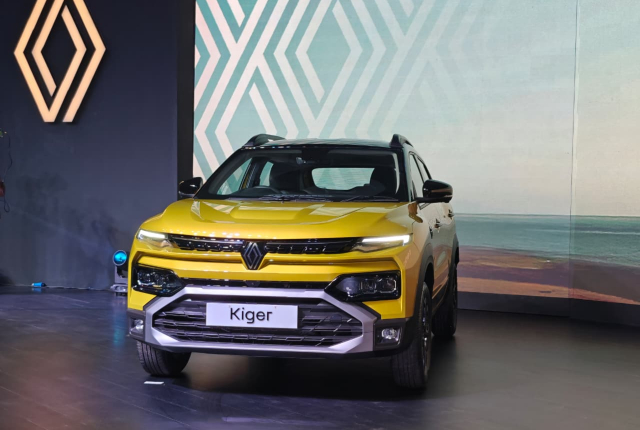





Leave a Reply